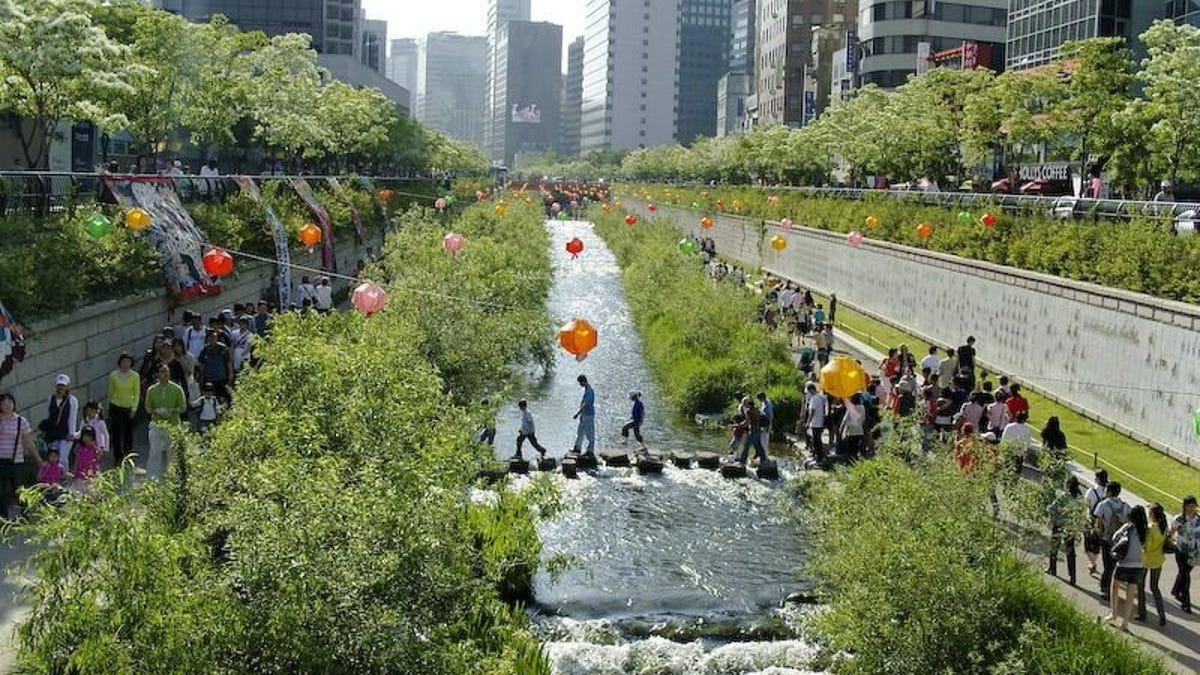You are using an out of date browser. It may not display this or other websites correctly.
You should upgrade or use an alternative browser.
You should upgrade or use an alternative browser.
Valley Line LRT/ Valley Line West | ?m | ?s | City of Edmonton
- Thread starter Daveography
- Start date
.crystalised.
Active Member
The fact that Nickel is an elected member of City Council shows that our community has a long way to go before we are truly a forward-thinking city.
Member Bio
- Joined
- Sep 22, 2015
- Messages
- 10,218
- Reaction score
- 23,060
- Location
- Edmonton, Alberta, Canada
Kaizen
Senior Member
Member Bio
- Joined
- Sep 22, 2015
- Messages
- 10,218
- Reaction score
- 23,060
- Location
- Edmonton, Alberta, Canada
@Aaron_Lloyd The problem I have with that thinking is that is still in the box of conventional development patterns, i.e. everyone lives at the fringes and commutes into the core.
This pattern is changing, and this line is enabling new and mixed development where a "faster" line would never have bothered to reach.
The goal isn't to compete with private vehicles, the goal is to build up more of the city into communities where vehicles are optional by default, not just optional for commuting.
This pattern is changing, and this line is enabling new and mixed development where a "faster" line would never have bothered to reach.
The goal isn't to compete with private vehicles, the goal is to build up more of the city into communities where vehicles are optional by default, not just optional for commuting.
.crystalised.
Active Member
Indeed. New development & redevelopment opportunities that wouldn't be possible with an 87 Avenue alignment and University Station connection, to name one very obvious example.@Aaron_Lloyd The problem I have with that thinking is that is still in the box of conventional development patterns, i.e. everyone lives at the fringes and commutes into the core.
This pattern is changing, and this line is enabling new and mixed development where a "faster" line would never have bothered to reach.
Sure, it might've been 10 minutes faster to WEM and have fewer stations, but it would completely fail to provide a maximum benefit to the residential areas it would've tunnelled through.
Aaron_Lloyd
Active Member
While I certainly agree with the point of changing development patterns I worry that the value of getting more people onto transit would have been greater than that in the end. Decreasing the need for parking downtown I think is really key for killing off a lot of the surface parking lots we have and creating a more vibrant core.
Overall I'm still happy that something's being built.
Overall I'm still happy that something's being built.
Last edited:
_Citizen_Dane_
Active Member
Reverse angle of the bridge from yesterday:

archited
Senior Member
The stay-cable transit bridge + pedestrian crossing and the pedestrian bridge (corten steel brown) shown in @Daveography's duble (OF and P) together are too sexy for my eyes -- I am so glad that I am opening an office in the big E.
itom987
Active Member
Mike Fickle is proposing a terrible idea.
Freedm
Active Member
That's a good point because without this perspective the logical default assumption is that we're building LRT to provide a more efficient transportation system for people who are already driving to downtown from the suburbs and to entice them out of their cars, which this system won't do. Looking at it from a perspective of building an alternate transportation system in order to encourage more "car less" developments going forward, it makes a lot more sense.The goal isn't to compete with private vehicles, the goal is to build up more of the city into communities where vehicles are optional by default, not just optional for commuting.
ronron
Active Member
I've lived downtown (99st jasper) for 15+ years, and I've always avoided driving in/out of here during peak hours (eg, work day hours). It's a nightmare with the traffic, and will be even more so when they strip 104 and 102 ave a few lanes of vehicular traffic. From my experience alone, i do whatever I can to avoid this situation. That said, for the people like me, taking a direct route via LRT without the constant stop and go being stuck in car traffic, would be a god send.
However, if I didn't have to deal with the traffic congestion, I'd stick to my car.
However, if I didn't have to deal with the traffic congestion, I'd stick to my car.
Member Bio
- Joined
- Sep 22, 2015
- Messages
- 10,218
- Reaction score
- 23,060
- Location
- Edmonton, Alberta, Canada
There's an interesting phenomenon that happens when you reduce vehicle roadway capacity that seems unintuitive but keeps happening.

 gizmodo.com
gizmodo.com

 grist.org
grist.org

Six Freeway Removals That Changed Their Cities Forever
It seems counterintuitive, right? Rip out eight lanes of freeway through the middle of your metropolis and you’ll be rewarded with not only less traffic, but safer, more efficient cities? But it’s true, and it’s happening in places all over the world.
 gizmodo.com
gizmodo.com

What happens to traffic when you tear down a freeway?
We looked at a real-world examples in Portland, San Francisco, and Seattle to see if tearing down highways makes traffic worse.
Last edited:
Freedm
Active Member
Removing traffic lanes may reduce traffic but it also reduces visitors to the downtown.
archited
Senior Member
No worries -- Edmonton doesn't have any downtown freeways.



